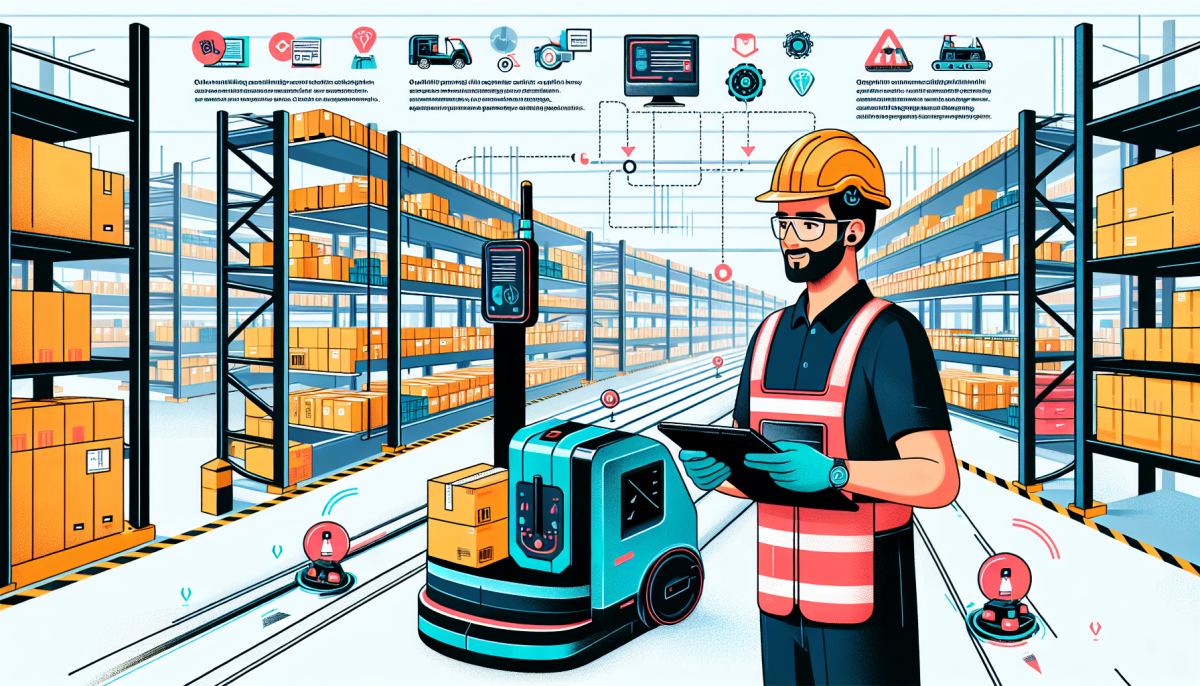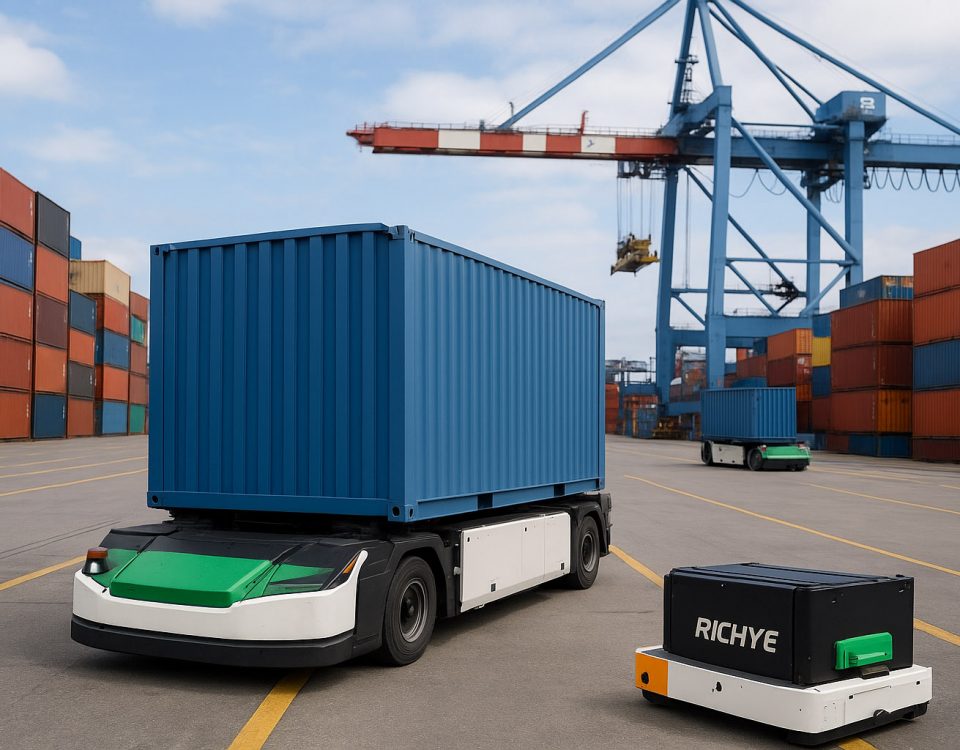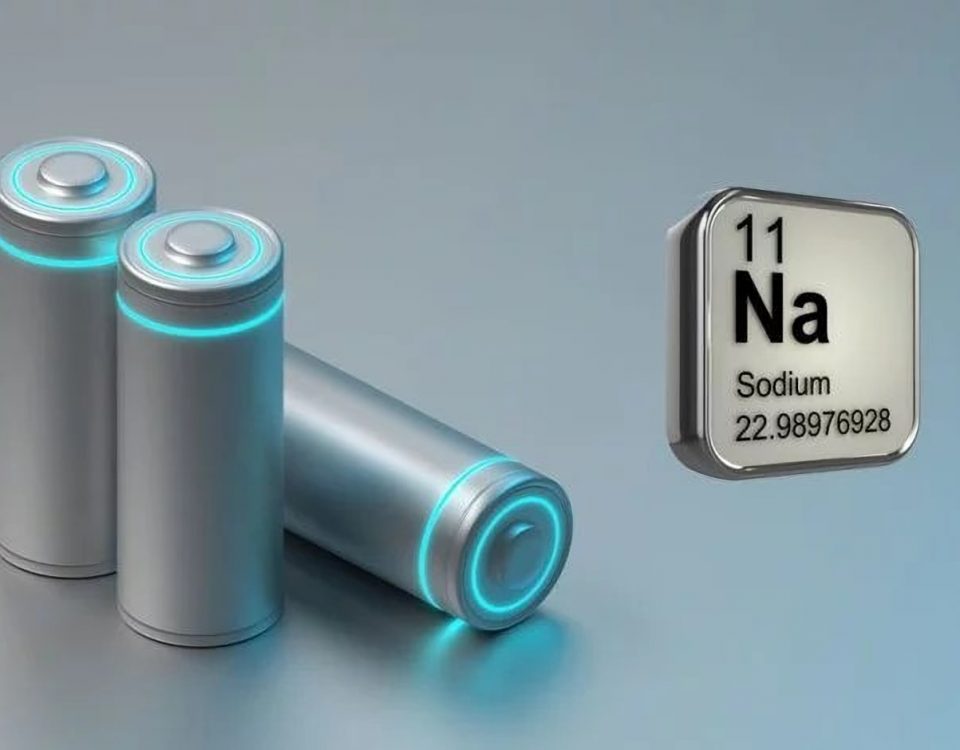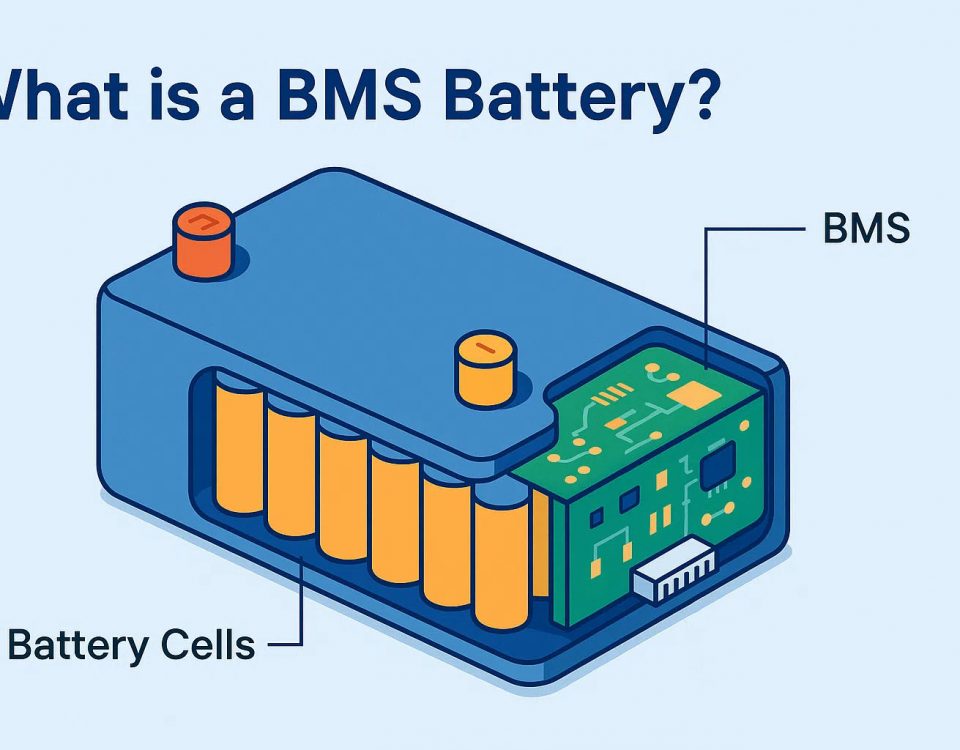As automation continues to revolutionize the warehousing and logistics industry, Automated Guided Vehicles (AGVs) have become an essential tool for streamlining material handling processes. However, the efficiency of AGVs is largely dependent on the type and performance of the batteries that power them. When selecting AGV batteries, choosing the right one can have a profound impact on operational costs, particularly in terms of energy consumption, lifespan, and the frequency of battery replacements.
In this article, we will explore how battery efficiency directly influences operational costs, using real-world examples and industry insights. For warehouse managers and decision-makers, understanding these factors is crucial for maximizing productivity and minimizing expenses.
The Relationship Between Battery Efficiency and Operational Costs
AGV batteries are the lifeblood of warehouse automation systems. A poorly performing battery can lead to frequent charging, shorter operational periods, and unnecessary downtime, all of which contribute to higher operating costs. Conversely, more efficient batteries can reduce energy consumption, extend operational uptime, and require fewer replacements—ultimately saving companies money.
Here are the key ways AGV battery efficiency can reduce operational costs:
1. Energy Consumption and Cost Savings
Energy costs are a significant factor in warehouse operations. AGVs are typically in constant use during shifts, and inefficient batteries can consume more electricity, driving up energy bills. Batteries with higher energy efficiency can store and use energy more effectively, meaning that AGVs can run for longer periods on a single charge. This translates into reduced energy consumption per hour of operation.
For example, modern lithium-ion (Li-ion) batteries are known for their energy efficiency compared to traditional lead-acid batteries. Lithium-ion batteries can operate at 95% efficiency, meaning almost all the energy drawn from the power grid is used for productive work. In contrast, lead-acid batteries typically operate at about 80% efficiency, with a significant portion of the energy being lost as heat during charging. Over time, this difference in energy efficiency can lead to substantial savings on energy costs.
Real-World Example: A large-scale warehouse in the Midwest recently made the switch from lead-acid to lithium-ion AGV batteries. By doing so, they reduced their energy costs by approximately 15% annually, due to the improved efficiency of the lithium-ion technology.
2. Longer Battery Lifespan
The lifespan of an AGV battery has a direct impact on operational costs. Batteries that need to be replaced frequently not only incur additional purchasing costs but also require labor for replacement and disposal, causing operational interruptions. A battery with a longer lifecycle reduces these costs by minimizing the frequency of replacements.
For instance, lithium-ion batteries can last up to 3-5 times longer than lead-acid batteries, depending on the usage. This extended lifespan reduces the overall battery replacement costs and maintenance time, making it a more cost-effective option in the long run. Although lithium-ion batteries may have a higher initial cost, their durability and reduced maintenance needs lead to long-term savings for warehouses.
Real-World Example: A leading e-commerce company operating a 24/7 warehouse switched its AGV fleet from lead-acid to lithium-ion batteries. The switch allowed them to avoid replacing batteries as frequently, cutting their battery replacement costs by 30% over the first three years of operation.
3. Reduced Maintenance and Downtime
Battery maintenance is another critical factor in operational efficiency. Traditional lead-acid batteries require regular watering, cleaning, and equalization, leading to labor-intensive maintenance routines. Additionally, improper maintenance can cause performance issues or shorten the battery's lifespan, leading to unexpected downtime.
In contrast, lithium-ion AGV batteries are virtually maintenance-free, eliminating the need for regular watering and reducing the likelihood of performance degradation. AGVs equipped with lithium-ion batteries can also be equipped with Battery Management Systems (BMS), which provide real-time data on battery health and performance, helping operators avoid unexpected failures and downtime.
Reduced maintenance not only saves on labor costs but also ensures that AGVs remain operational for longer periods. This improved uptime translates into more efficient material handling and fewer delays in warehouse operations.
Case Study: A large distribution center that handled thousands of orders daily found that switching to lithium-ion batteries significantly reduced their maintenance requirements. Their maintenance staff was able to focus on other critical tasks, reducing labor costs associated with battery upkeep by 20%.
4. Faster Charging and Opportunity Charging
Time is money in the world of warehouse operations. Traditional lead-acid batteries can take 8 hours to charge, followed by an additional 8 hours to cool before being used again. This extensive charging time requires warehouses to either purchase more batteries or pause AGV operations during recharging periods—both of which increase costs.
Lithium-ion batteries, on the other hand, can charge in 2-3 hours and do not require cooling time. This enables opportunity charging—charging during short breaks or between tasks. With opportunity charging, AGVs can top off their battery levels throughout the day without needing to be taken out of service for long periods. This flexibility increases the availability of AGVs and reduces the need for spare batteries, ultimately lowering operational costs.
Case Study: A food distribution warehouse saw significant productivity gains after adopting lithium-ion batteries with opportunity charging. By eliminating long charging downtimes, they were able to keep their AGVs operational throughout the day and saw a 12% increase in material throughput.
The Future of AGV Battery Efficiency
Looking ahead, AGV battery technology will continue to evolve. Solid-state batteries are an emerging innovation that promises even higher energy densities, faster charging times, and improved safety compared to current lithium-ion technology. Additionally, advancements in wireless charging will allow AGVs to recharge on the go, further enhancing uptime and reducing the need for charging stations.
These developments will continue to push the boundaries of efficiency, enabling companies to reduce operational costs even further while improving overall productivity.
Richye: A Trusted Partner for AGV Battery Solutions
When it comes to maximizing the efficiency of your AGV fleet, choosing the right battery is key. RICHYE is a leading manufacturer of high-performance lithium-ion batteries, designed specifically for AGVs. With a focus on quality, safety, and longevity, RICHYE’s batteries offer superior performance and value. Whether you need enhanced energy efficiency, fast charging capabilities, or a longer battery lifespan, RICHYE’s AGV batteries are a reliable and cost-effective solution for your warehouse operations.
Conclusion
AGV battery efficiency plays a crucial role in the operational costs of warehouses. By choosing the right battery, companies can reduce energy consumption, extend battery life, minimize maintenance, and increase uptime—all of which contribute to lower operational expenses. With advancements in lithium-ion technology, and future innovations like solid-state and wireless charging on the horizon, the future of AGV battery efficiency is bright.
For decision-makers looking to optimize their operational costs, investing in efficient AGV batteries is not just a choice—it's a necessity. As companies continue to adopt these advanced solutions, they will be well-positioned to reduce expenses and boost productivity in an increasingly competitive market.




